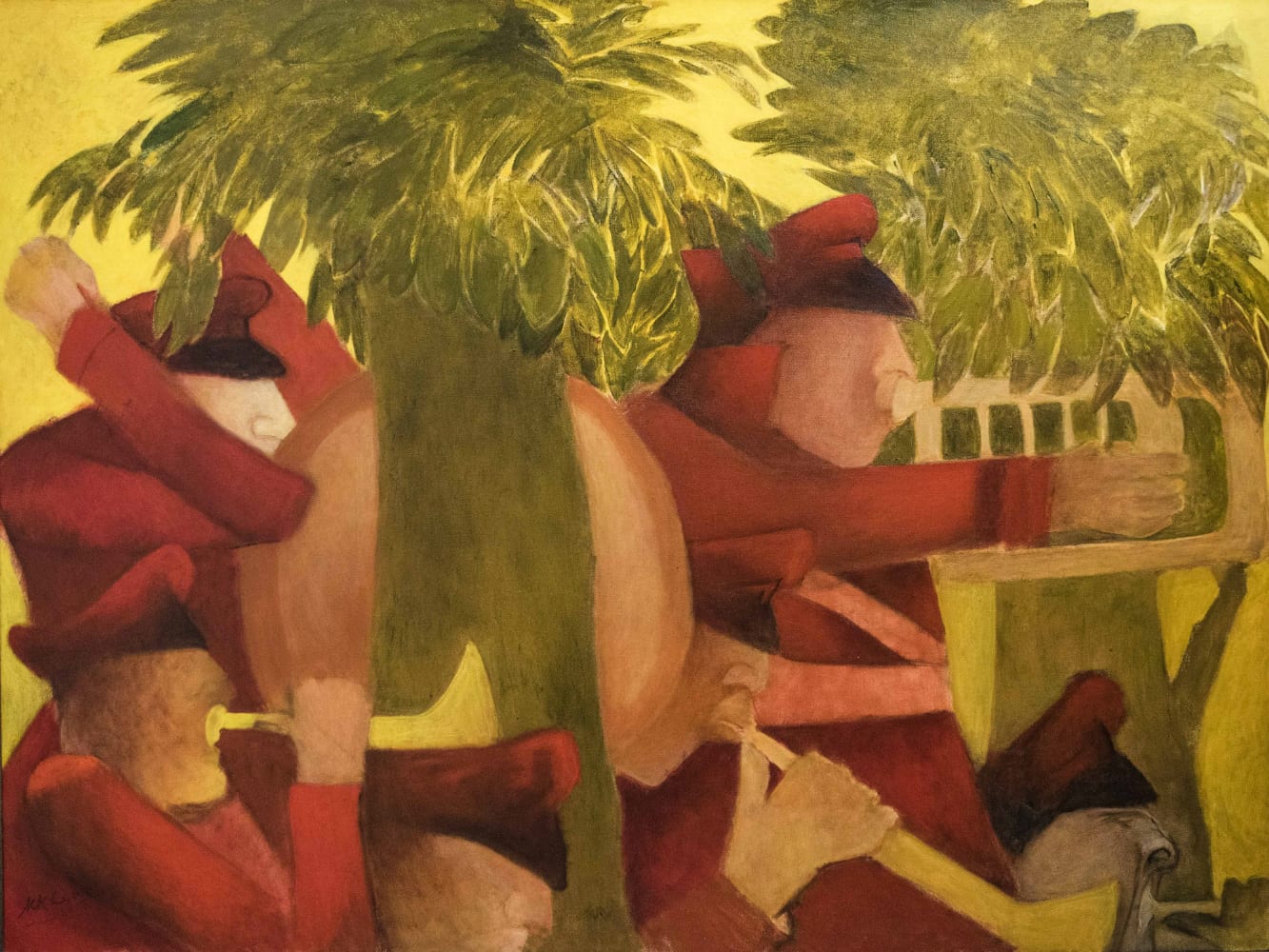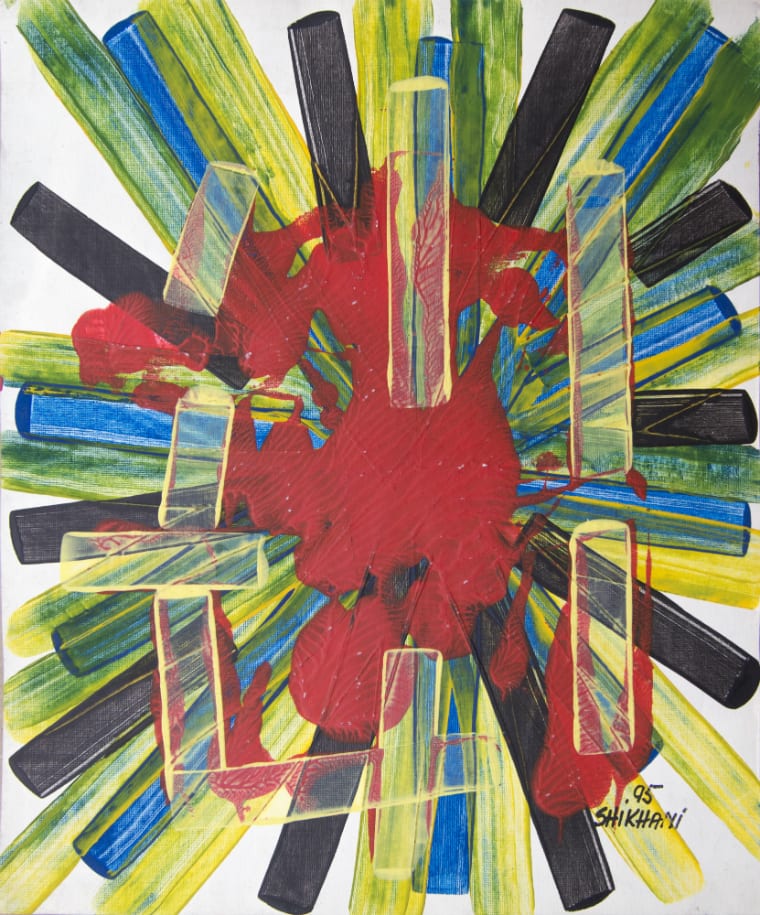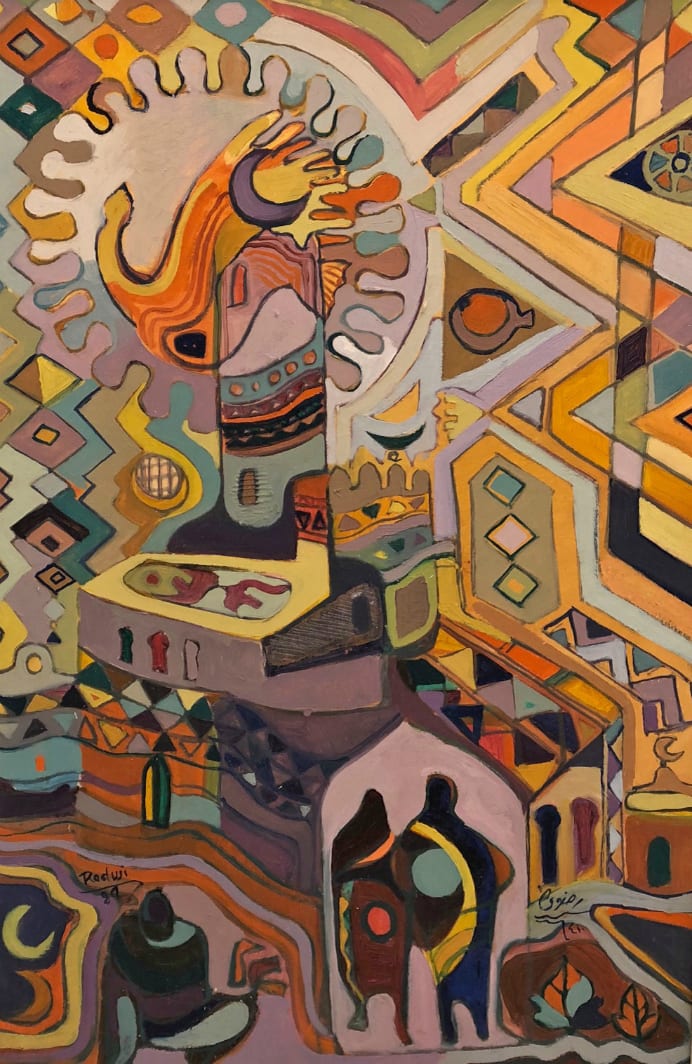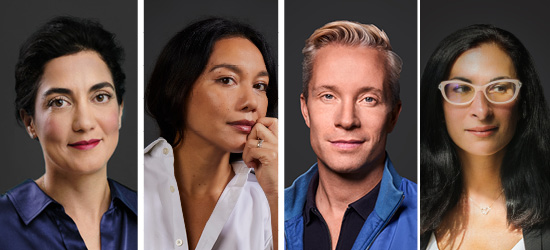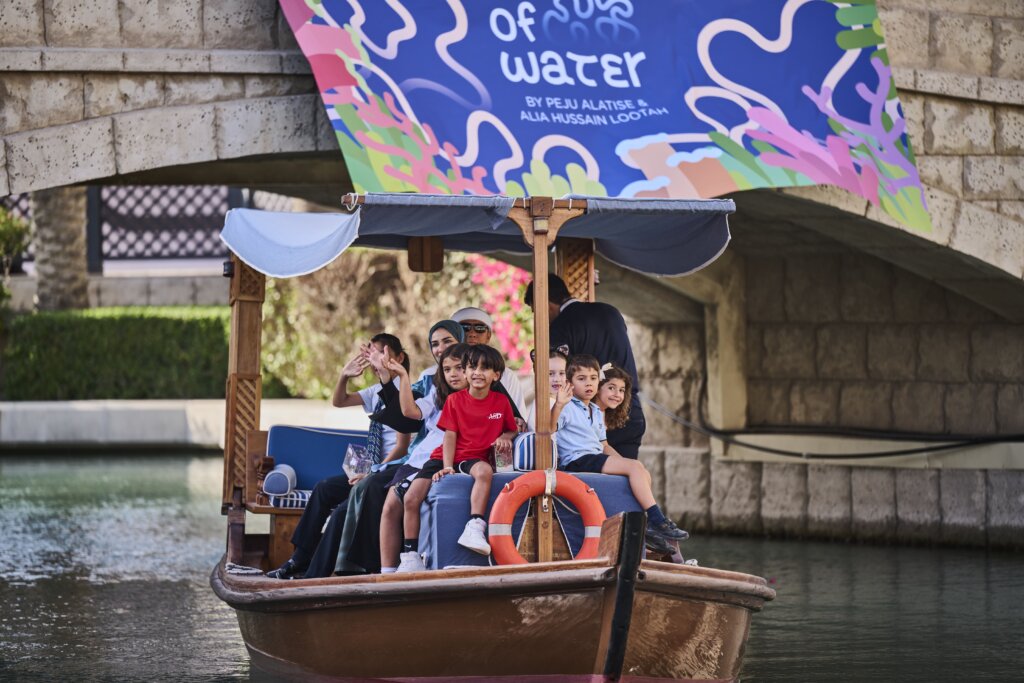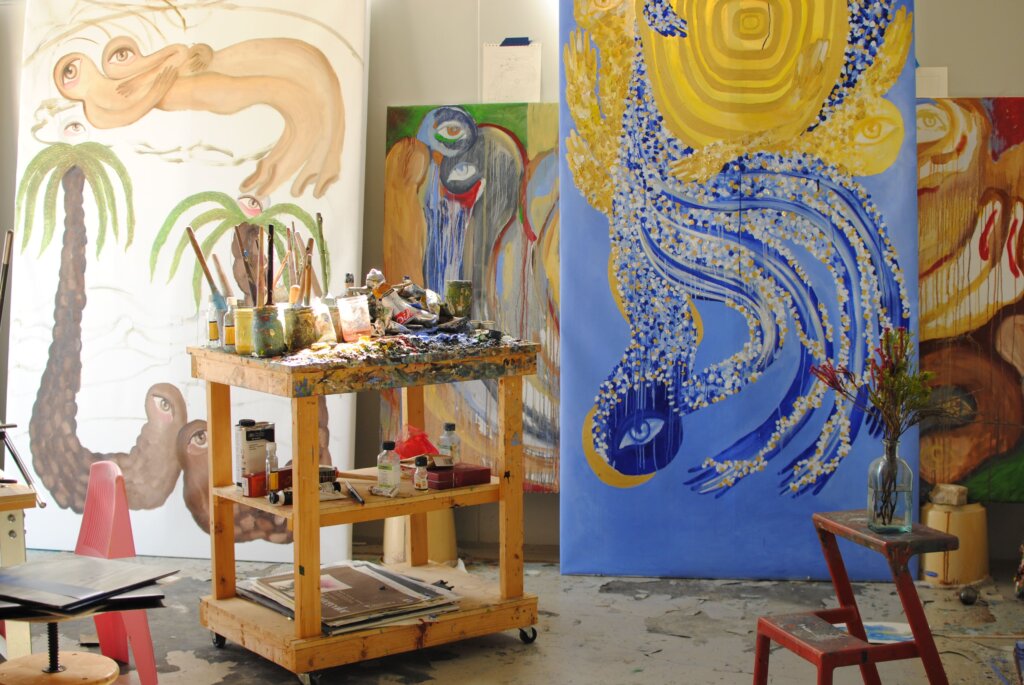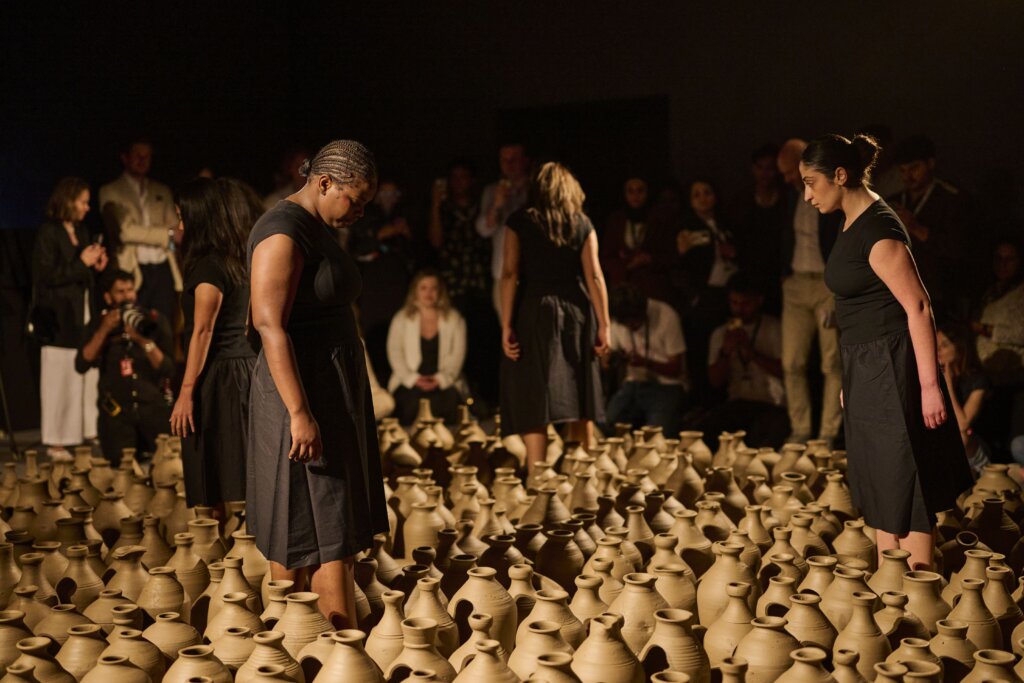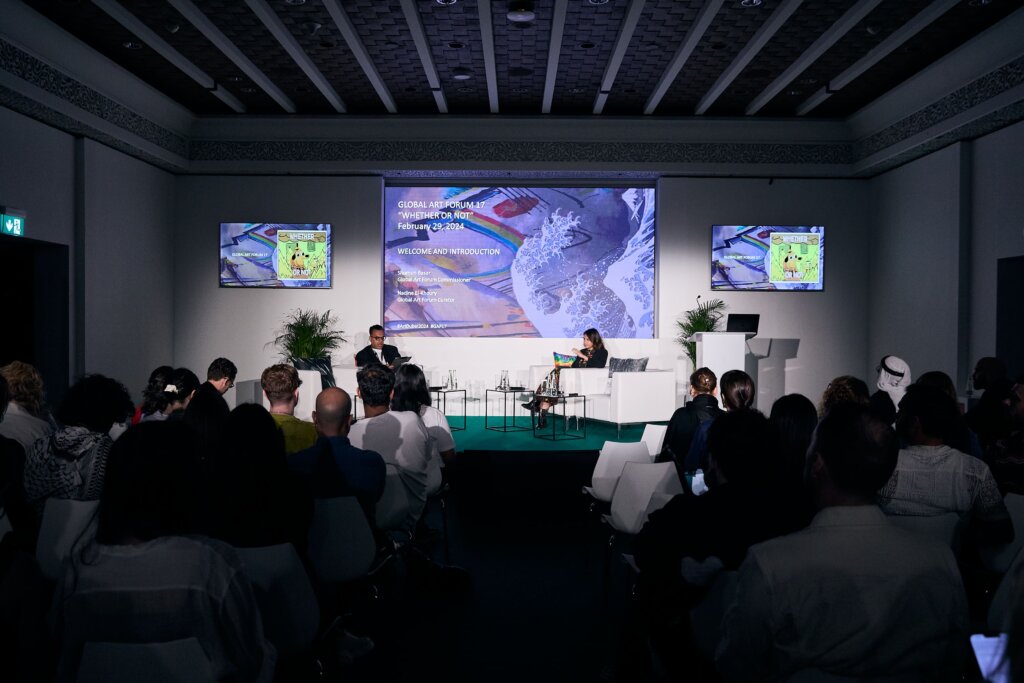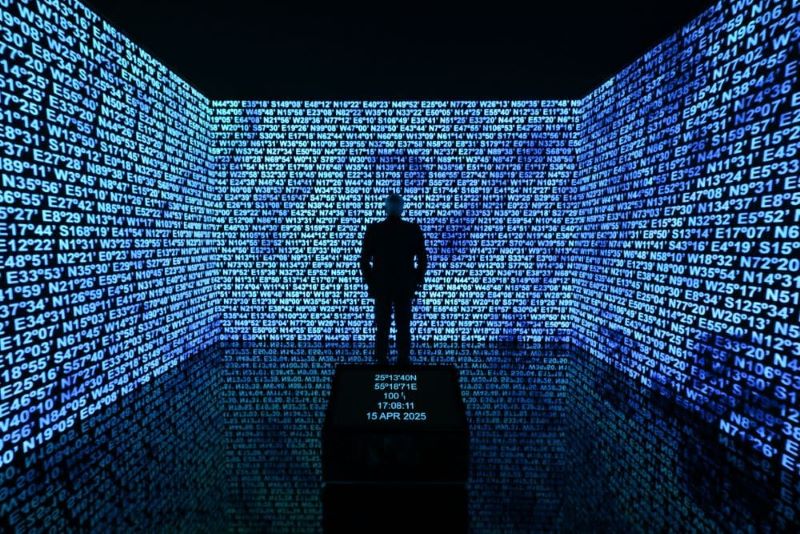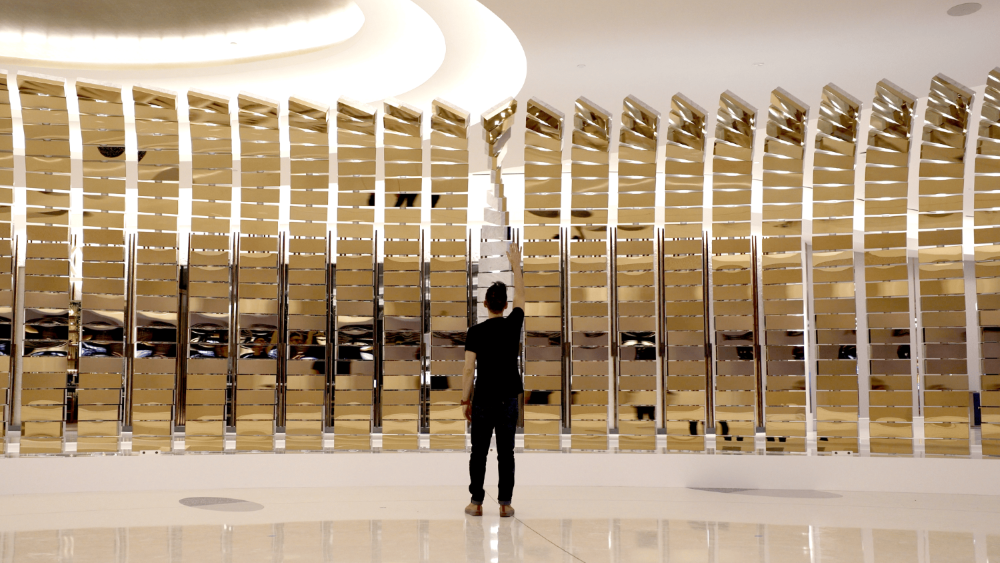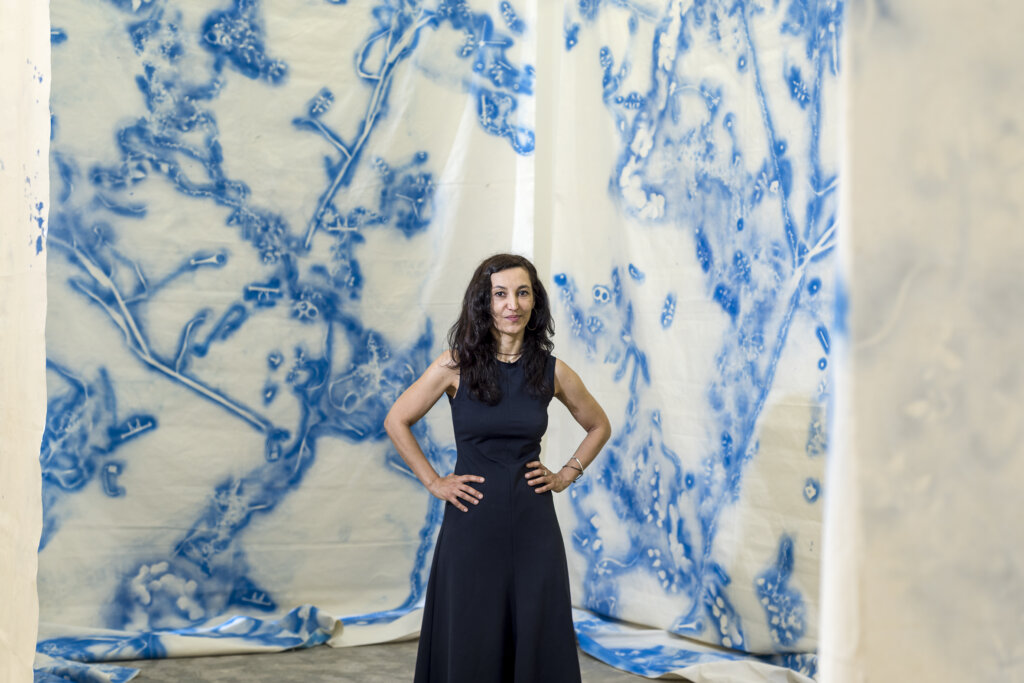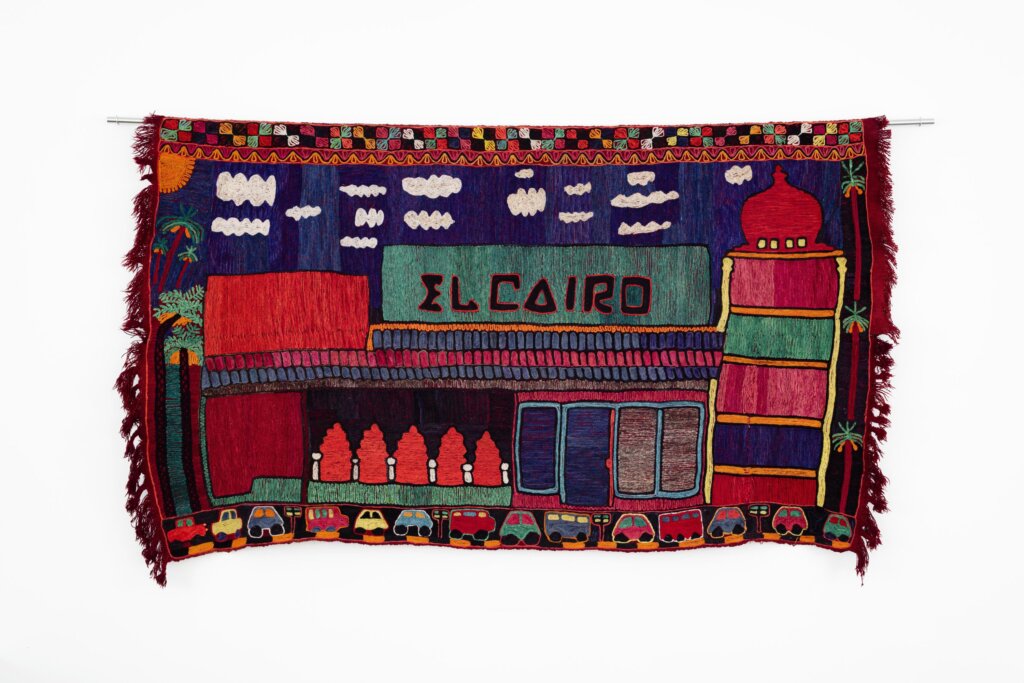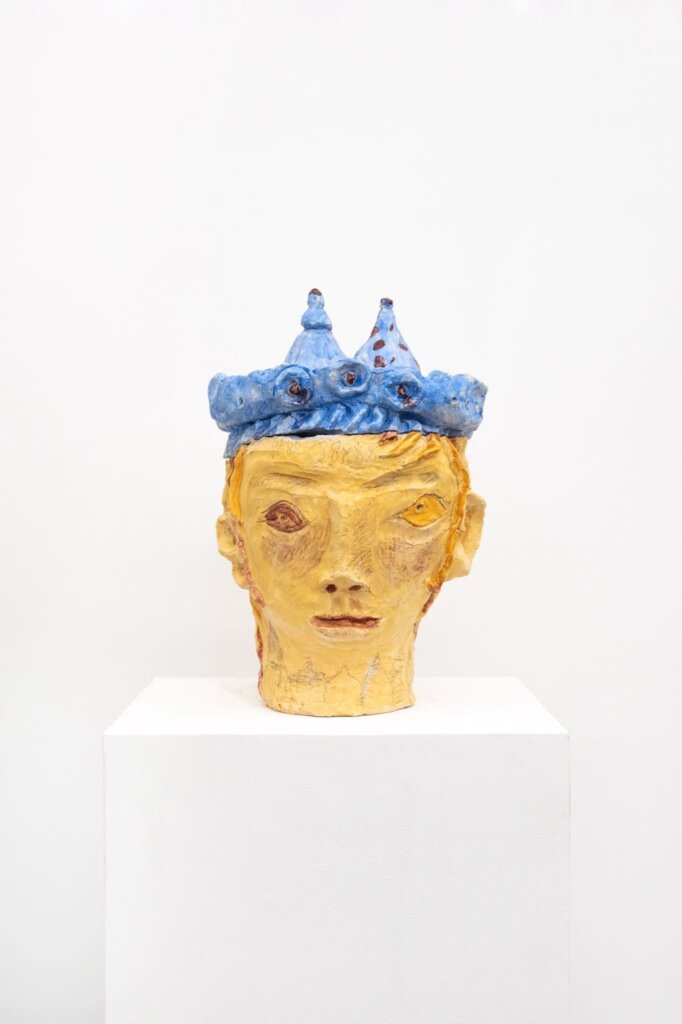Art Dubai Modern is the fair’s gallery section presenting museum-quality works by 20th Century masters from the Middle East, South Asia and Africa. Accompanying the gallery section is Art Dubai Modern Symposium which this year, under the title of ‘Cultural Hubs of Modernism’, attempts to map out the cultural shifts and trends instigated by modernity in four key cities in the Middle East and South Asia during the 20th century – Baghdad, Beirut, Dakar and Lahore – in a new 60-minute ‘masterclass’ format.




